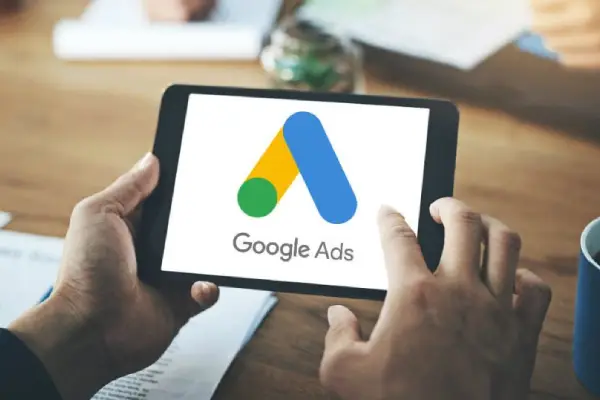In the ever-evolving landscape of online advertising, Google Ads stands out as one of the most powerful platforms for businesses to reach their target audience. With its vast reach and targeting capabilities, Google Ads offers a wealth of opportunities for businesses to promote their products and services. However, one of the most common questions that arise when considering Google Ads as an advertising channel is, “How much does it cost to advertise on Google Ads?” The answer to this question is multifaceted and depends on various factors that influence the cost dynamics of advertising on the platform.
Understanding the Auction-Based System in Google Ads
Google Ads operates on an auction-based system known as pay-per-click (PPC). Advertisers bid on keywords relevant to their products or services in this system. When a user searches on Google using one of these keywords, Google’s algorithm determines which ads to display and in what order based on a combination of bid amount, ad relevance, and expected click-through rate (CTR).

Factors Influencing Cost
- Keyword Competition: The competitiveness of keywords plays a significant role in determining their cost. Highly competitive keywords, such as those related to insurance or legal services, often command higher bid amounts due to increased demand.
- Bid Strategy: Advertisers can choose from various bid strategies, including manual CPC (cost-per-click), automated bidding, and target CPA (cost-per-acquisition). Each bid strategy comes with its own cost implications, as automated bidding strategies may optimize bids to maximize conversions but could potentially lead to higher costs.
- Quality Score: Google assigns a Quality Score to each keyword based on factors like ad relevance, expected CTR, and landing page experience. Higher Quality Scores can lead to lower costs per click (CPC) and better ad positions, as Google rewards advertisers who provide relevant and high-quality user experiences.
- Ad Position: Advertisers competing for top positions on the search results page often need to bid higher to outbid their competitors. While top positions typically yield higher visibility and click-through rates, they also come with higher costs.
- Targeting Options: Google Ads offers a wide range of targeting options, including demographics, location, device type, and interests. The more specific your targeting criteria, the more you may need to bid to reach your desired audience.
- Ad Format: Different ad formats, such as text ads, display ads, video ads, and shopping ads, have varying cost structures. Video ads, for example, may have higher production costs but can yield higher engagement rates and better ROI.
Budgeting and Cost Control Strategies of Google Ads
While the cost of advertising on Google Ads can vary widely, there are several strategies advertisers can employ to manage their budgets effectively and optimize their return on investment:
- Set Realistic Budgets: Determine your advertising goals and set realistic budgets based on your business objectives, target audience, and expected ROI. Monitor your spending regularly and adjust your budgets as needed to ensure you’re getting the most value from your campaigns.
- Focus on Quality Score: Improve your ad relevance, landing page experience, and expected CTR to increase your Quality Scores and lower your CPCs. Conduct keyword research, create compelling ad copy, and optimize your landing pages to provide a seamless user experience.
- Test and Iterate: Continuously test different ad creatives, targeting options, and bidding strategies to identify what works best for your business. Use A/B testing to compare the performance of different ad variations and make data-driven decisions to optimize your campaigns.
- Monitor Performance Metrics: Keep a close eye on key performance indicators such as CTR, conversion rate, CPA, and ROI to gauge the effectiveness of your campaigns. Use Google Ads reporting tools and analytics platforms to track performance metrics and identify areas for improvement.
- Refine Targeting: Regularly review and refine your targeting criteria to ensure you’re reaching the most relevant audience for your products or services. Adjust your geographic targeting, demographics, and interests based on performance data to maximize your advertising efficiency.
Conclusion
While the cost of advertising on Google Ads can vary depending on a range of factors, understanding the underlying cost dynamics and implementing effective budgeting and optimization strategies can help advertisers maximize their ROI and achieve their advertising goals. By focusing on factors such as keyword relevance, Quality Score, and ad performance metrics, advertisers can make informed decisions to optimize their campaigns and drive meaningful results in the competitive landscape of online advertising.










